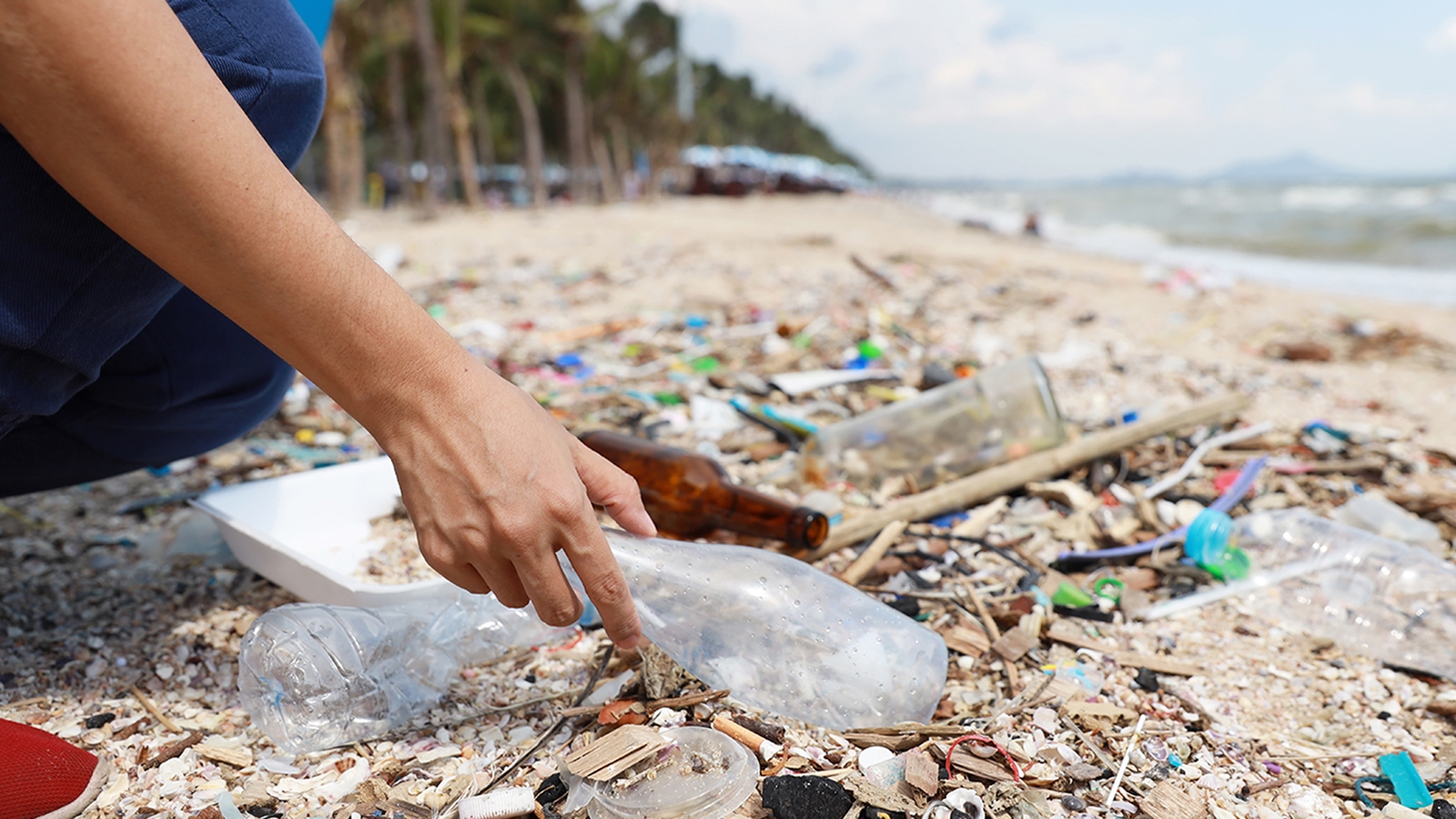
Coca-Cola Is Not the ‘World’s Biggest Known Plastic Polluter’

Coca-Cola, Pepsi, Nestle and a ton of other consumer product producers are getting dragged through the trash heap over a new report claiming they are the “…world’s biggest known plastic polluters” (to quote the Washington Post).
Utter nonsense.
I’ll completely overlook the glaringly obvious fact that Coca-Cola is not polluting with plastic, but rather it is the consumers of Coke products that are polluting. I’ll just go with the premise that Coke (and Pepsi and Nestle and…) are the ones that are taking empty plastic containers and tossing them around.
It’s the methods behind the report that are so maddeningly stupid. The report is the result of looking at plastic pollution collected around the world and then looking for identifying brands to which it can be pinned.
Garbage in, garbage out.
The Earth is a really big place, and so it’s impossible to collect all the plastic from everywhere, which means that only selective samples can be taken. It all comes down to the sampling technique: Good technique means good results; bad technique means bad results. It’s no different than polling ahead of an election.
Let’s look at how bad the sampling technique was.
First, they were not able to identify half of the plastic pieces, so they were not included in the report. Wow! I wish I could throw out half the data whenever I do an experiment.
Second, for similar reasons, microplastics (and nanoplastics) were not part of this, since finding a brand name of a fiber isn’t going to happen. More selective sampling.
The world’s largest consumer of plastics is not the worst polluter.
Third, sample amounts in various countries were incorrect. Prior studies about pollution have shown that not all countries in the world have equal amounts of plastic in their environment. Since the United States consumes the largest amount of plastic, you would be tempted to believe that it has the largest amount of plastic pollution, but that is not the case. A report published in Nature in 2017 found that the Yangtze River in China transported the most plastic to the oceans. Fifteen of the top 20 rivers were in Asia, three were in Africa, and two in South America. China, in fact, has three of the top four rivers, with the Ganges at number two. North America and Europe are not on the list at all. Since rivers represent the waste disposal system — i.e., flushed toilet — of a country, this list tells me how the world should be sampled for plastic.
That was not done. While the most sampled country in this new report was Indonesia, the United States was second, and sampled nearly as much. The exact data isn’t available but looking at the chart showing the number of samples (note — the chart has a logarithmic scale), it appears that China was sampled at 1/10 the rate of the United States.
Feeding a pre-established narrative.
Since China’s contribution to ocean plastic is at least 20 times greater than the United States, shouldn’t it have been sampled at 20 times the US rate (or more)? Why weren’t the authors questioned about this prior to publication? The Nature article is hardly a secret — it just doesn’t fit a lot of the pre-established narratives to which people cling.
With sampling this bad, it should be impossible to convince anyone that the results are accurate. Nonetheless, the article was published, the PR machine is cranked up, and a bunch of consumer companies are having to deal with the backlash of this pseudoscience.

Leave a Reply